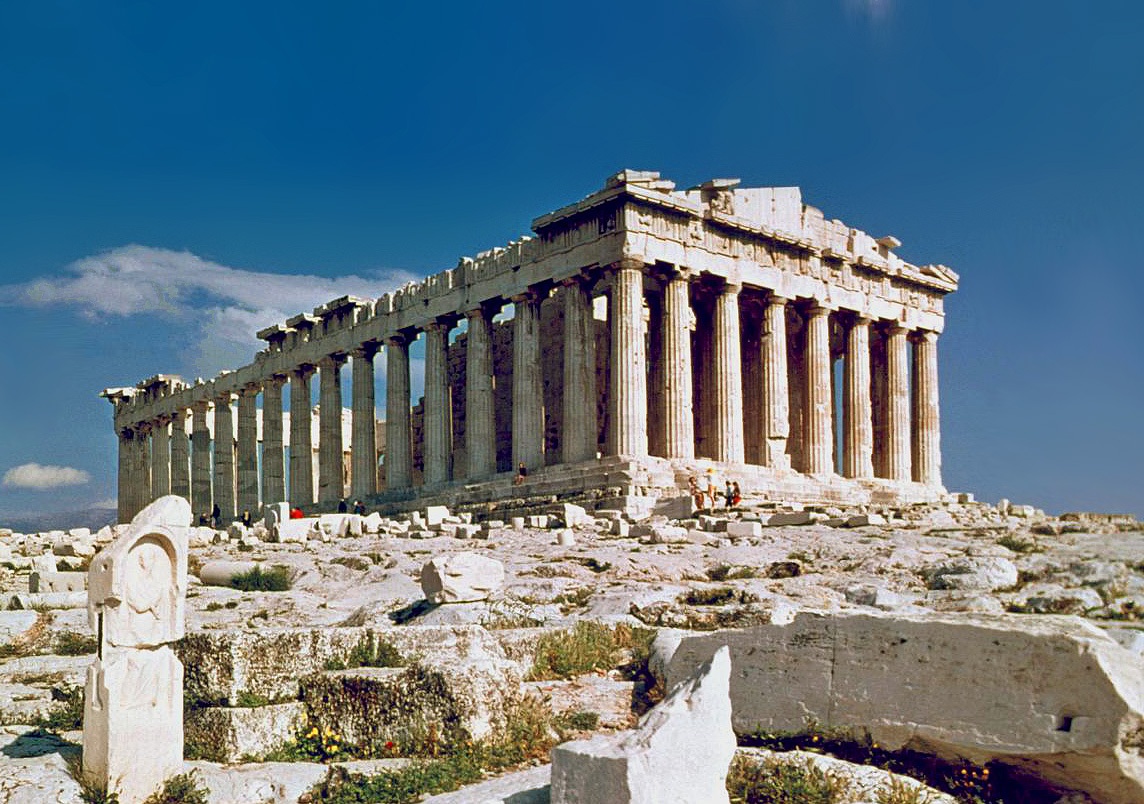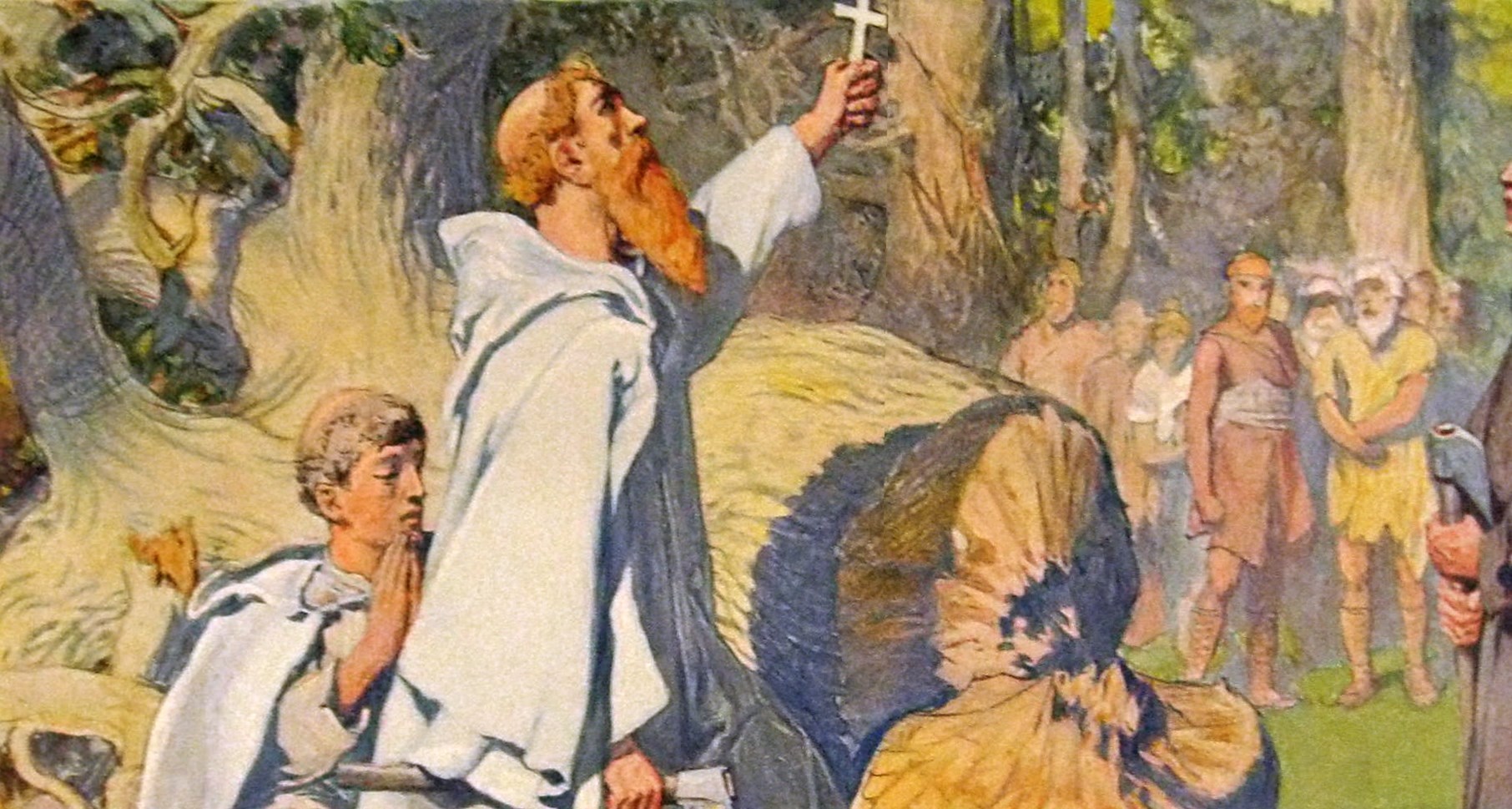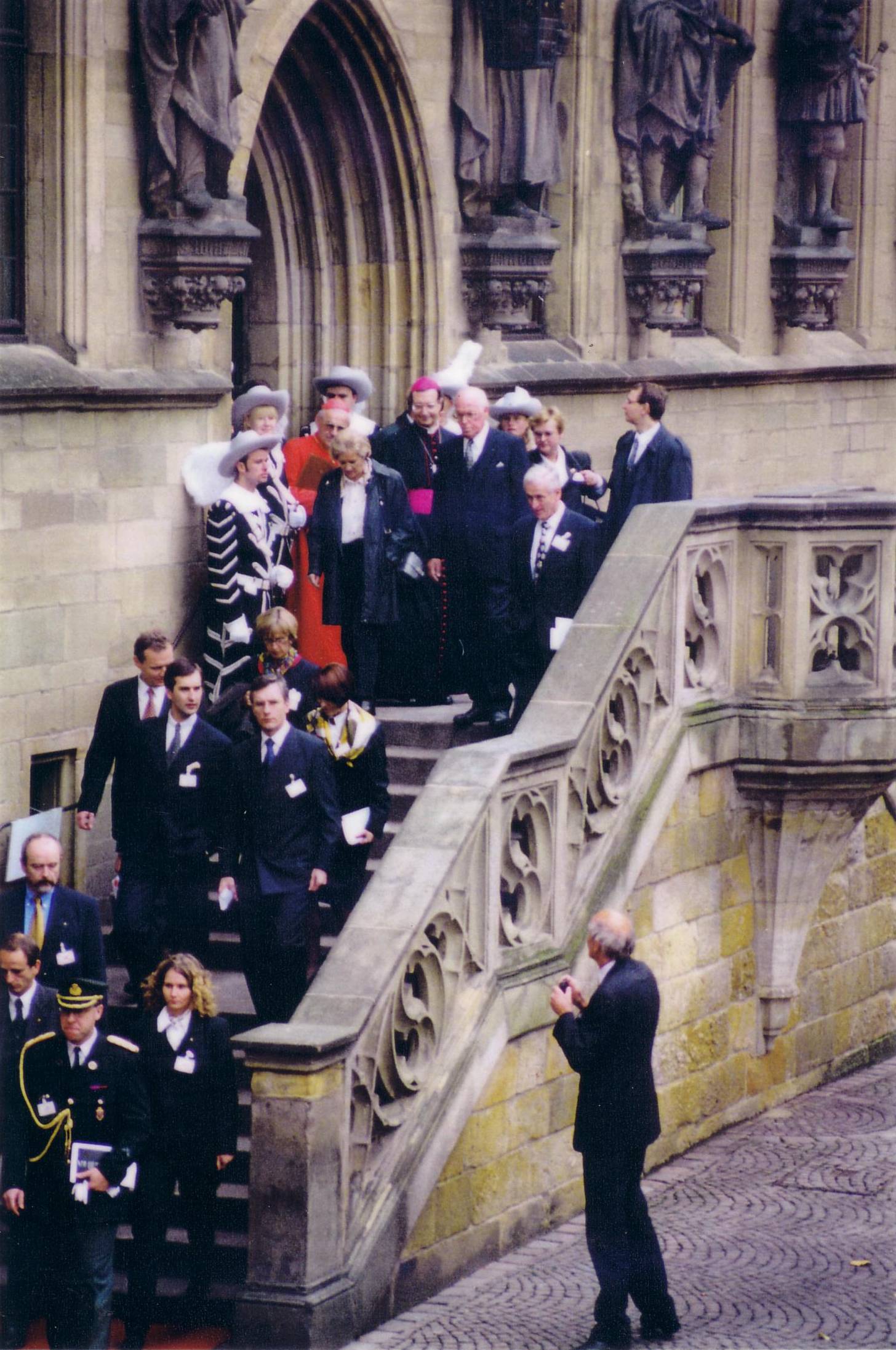|
Tharapita
Taara (variations of the name include Tooru, Tharapita and Tarapitha), also known as Uku or Jumal, is a prominent god in Estonian mythology, with a strong resemblance to the Finnish Ukko and the Germanic Thor. Etymology The Livonian place name '' Thoreyda'' (also ''Thoreida'' and German ''Treiden'') attested in the Chronicle of Livonia is interpreted as the 'garden of Taara – Thor' from ''Taara'' + ''*aida'' 'garden'. If this interpretation is correct, the theonym ''Taara'' was also known in Livonian. The name ''Tharapita'' has been interpreted as 'Taara, help!' () and 'Taara's thunderbolt' (). History The Chronicle of Henry of Livonia mentions Tharapita as the superior god of the Oeselians (inhabitants of Saaremaa), also well known to Vironian tribes in northern Estonia. According to the chronicle, when the crusaders invaded Vironia in 1220, there was a beautiful wooded hill in Vironia, where locals believe Tharapita was born and from which he flew to Saaremaa. The h ... [...More Info...] [...Related Items...] OR: [Wikipedia] [Google] [Baidu] [Amazon] |
Estonian Mythology
Estonian mythology is a complex of myths belonging to the Estonian folk heritage and literary mythology. Information about the pre-Christian and medieval Estonian mythology is scattered in historical chronicles, travellers' accounts and in ecclesiastical registers. Systematic recordings of Estonian folklore started in the 19th century. Pre-Christian Estonian deities may have included a god known as ''Jumal'' or ''Taevataat'' ("Old man of the sky") in Estonian, corresponding to '' Jumala'' in Finnish, and ''Jumo'' in Mari. Estonian mythology in old chronicles According to the Chronicle of Henry of Livonia in 1225 the Estonians disinterred the enemy's dead and burned them. It is thought that cremation was believed to speed up the dead person's journey to the afterlife and by cremation the dead would not become earthbound spirits which were thought to be dangerous to the living. Henry of Livonia also describes in his chronicle an Estonian legend originating in Virumaa in northe ... [...More Info...] [...Related Items...] OR: [Wikipedia] [Google] [Baidu] [Amazon] |
Oeselians
Oeselians or Osilians is a historical name for the people who prior to the Northern Crusades in the 13th century lived in the Estonian island of Saaremaa ( Ösel) – the Baltic Sea island was also referred as ''Oeselia'' or ''Osilia'' in written records dating from around that time. In Viking Age literature, the inhabitants were often included under the name "Vikings from Estonia", as written by Saxo Grammaticus in the late 12th century. The earliest known use of the word in the ( Latinised) form of "Oeselians" in writing was by Henry of Livonia in the 13th century. The inhabitants of Saaremaa (Ösel) are also mentioned in a number of historic written sources dating from the Estonian Viking Age. On the eve of Northern Crusades, the people then residing in Saaremaa were described in the '' Livonian Rhymed Chronicle'': "The ''Oeselians'', neighbors to the ''Kurs'' ( Curonians), are surrounded by the sea and never fear strong armies as their strength is in their ships. In summe ... [...More Info...] [...Related Items...] OR: [Wikipedia] [Google] [Baidu] [Amazon] |
Taaraism
Estonian neopaganism, or the Estonian native faith, spans various contemporary revivals of the indigenous religion of the Estonian people, adapted from their local myths and culture.Jüri Toomepuu. Maausk, the belief system of indigenous Estonians'. Presentation at KLENK 2011, published on January 7, 2012. St. Petersburg, Florida. Major branches include Taaraism (Estonian: ''taarausk'' literally "Taara faith"), a monistic faith based on the god Tharapita founded as a national religion in 1928; and Maausk (Estonian: ''maausk'', literally "land faith"), a much broader umbrella of "Native Faith", encompassing grassroots movements devoted to the worship of local gods, nature worship, and earth religion. Both movements are associated with the Maavalla Koda. A 2002 survey suggested 11% of the population of Estonia claimed having "the warmest feelings towards Taaraism and Maausk" among all religions.Ahto Kaasik. Old Estonian Religion''. Maavalla Koda. A 2021 survey found 3,860 self- ... [...More Info...] [...Related Items...] OR: [Wikipedia] [Google] [Baidu] [Amazon] |
Ukko
(), or ( Finnish for 'male grandparent', 'grandfather', 'old man'), parallel to Uku in Estonian mythology, is the god of the sky, weather, harvest, and thunder across Finnic paganism. , the Finnish word for thunder, is the diminutive form of the name . believes that , another Finnic sky god, is the origin of , but that as experienced very significant, although far from total, influence from the Indo-European sky god especially in the form of Thor. Some believe that 's original name was Baltic Perkūnas. is considered to be the most significant god of Finnish mythology, although it is disputed by scholars whether this is accountable to later Christian influence. In the folk poems and prayers, he is also given the epithet ('Supreme God'), probably in reference to his status as the most highly regarded god and on the other hand his traditional domain in the heavens. Other names for include (, 'long'), (, 'father'), (, archaic form of the above, modern meani ... [...More Info...] [...Related Items...] OR: [Wikipedia] [Google] [Baidu] [Amazon] |
Estonia
Estonia, officially the Republic of Estonia, is a country in Northern Europe. It is bordered to the north by the Gulf of Finland across from Finland, to the west by the Baltic Sea across from Sweden, to the south by Latvia, and to the east by Russia. The territory of Estonia consists of the mainland, the larger islands of Saaremaa and Hiiumaa, and over 2,300 other islands and islets on the east coast of the Baltic Sea. Its capital Tallinn and Tartu are the two largest List of cities and towns in Estonia, urban areas. The Estonian language is the official language and the first language of the Estonians, majority of its population of nearly 1.4 million. Estonia is one of the least populous members of the European Union and NATO. Present-day Estonia has been inhabited since at least 9,000 BC. The Ancient Estonia#Early Middle Ages, medieval indigenous population of Estonia was one of the last pagan civilisations in Europe to adopt Christianity following the Northern Crusades in the ... [...More Info...] [...Related Items...] OR: [Wikipedia] [Google] [Baidu] [Amazon] |
Vironian
The Vironians () were one of the Baltic Finns, Finnic tribes that later formed the Estonians, Estonian nation. History They lived in Vironia (''Virumaa'' in Estonian, ''Wierland'' in German and ''Virland'' in Scandinavian, now Ida-Viru County and Lääne-Viru County of Estonia). Vironians were divided into five clans (''kilikunda''), ''Maum'' (in Estonian "Mahu"), ''Laemund'' (Lemmu) also known as ''Pudiviru'', ''Askele'', ''Revele'' (Rebala), ''Alentagh'' (Alutaguse). They built many strongholds, like ''Tarwanpe'' (modern Rakvere) and ''Agelinde'' (now Punamägi Hill in Äntu village). Like other Estonian tribes, Vironians remained predominantly pagan before Northern Crusades in the 13th century. According to the Chronicle of Henry of Livonia, Vironians believed that Tharapita, a god worshipped by Oesel, Osilians (the tribe inhabiting Saaremaa) was born in Vironia. However, Vironian elder Thabelin of Pudiviru had endorsed Christianity before the German and Danish crusaders re ... [...More Info...] [...Related Items...] OR: [Wikipedia] [Google] [Baidu] [Amazon] |
Neopagan
Modern paganism, also known as contemporary paganism and neopaganism, spans a range of new religious movements variously influenced by the beliefs of pre-modern peoples across Europe, North Africa, and the Near East. Despite some common similarities, contemporary pagan movements are diverse, sharing no single set of beliefs, practices, or religious texts. Scholars of religion may study the phenomenon as a movement divided into different religions, while others study neopaganism as a decentralized religion with an array of denominations. Adherents rely on pre-Christian, folkloric, and ethnographic sources to a variety of degrees; many of them follow a spirituality that they accept as entirely modern, while others claim to adhere to prehistoric beliefs, or else, they attempt to revive indigenous religions as accurately as possible. Modern pagan movements are frequently described on a spectrum ranging from reconstructive, which seeks to revive historical pagan religions; to ... [...More Info...] [...Related Items...] OR: [Wikipedia] [Google] [Baidu] [Amazon] |
Thor
Thor (from ) is a prominent list of thunder gods, god in Germanic paganism. In Norse mythology, he is a hammer-wielding æsir, god associated with lightning, thunder, storms, sacred trees and groves in Germanic paganism and mythology, sacred groves and trees, Physical strength, strength, the protection of humankind, hallowing, and fertility. Besides Old Norse , the deity occurs in Old English as , in Old Frisian as ', in Old Saxon as ', and in Old High German as , all ultimately stemming from the Proto-Germanic theonym , meaning 'Thunder'. Thor is a prominently mentioned god throughout the recorded history of the Germanic peoples, from the Roman Empire, Roman occupation of regions of , to the Germanic expansions of the Migration Period, to his high popularity during the Viking Age, when, in the face of the process of the Christianization of Scandinavia, emblems of his hammer, , were worn and Norse paganism, Norse pagan personal names containing the name of the god bear witness ... [...More Info...] [...Related Items...] OR: [Wikipedia] [Google] [Baidu] [Amazon] |
Lennart Meri
Lennart Georg Meri (; 29 March 1929 – 14 March 2006) was an Estonian writer, film director, and statesman. He was the country's foreign minister from 1990 to 1992 and President of Estonia from 1992 to 2001. Early life Meri was born in Tallinn, a son of the Estonian diplomat and later Shakespeare translator Georg Meri, and Estonian Swedish mother Alice-Brigitta Engmann. With his family, Lennart left Estonia at an early age and studied abroad, in nine different schools and in four different languages. His warmest memories were from his school years in Lycée Janson de Sailly in Paris. In addition to his native Estonian, Lennart Meri fluently spoke five other languages: Finnish, French, German, English, and Russian. Lennart Meri and his family lived in Tallinn when Estonia was invaded and occupied by the Stalinist Soviet Union in June 1940. In 1941, the Meri family was deported to Siberia along with thousands of other Estonians, Latvians, and Lithuanians sharing the same f ... [...More Info...] [...Related Items...] OR: [Wikipedia] [Google] [Baidu] [Amazon] |
Rügen
Rügen (; Rani: ''Rȯjana'', ''Rāna''; , ) is Germany's largest island. It is located off the Pomeranian coast in the Baltic Sea and belongs to the state of Mecklenburg-Western Pomerania. The "gateway" to Rügen island is the Hanseatic city of Stralsund, where it is linked to the mainland by road and railway via the Rügen Bridge and Causeway, two routes crossing the two-kilometre-wide Strelasund, a sound of the Baltic Sea. Rügen has a maximum length of (from north to south), a maximum width of in the south and an area of . The coast is characterised by numerous sandy beaches, lagoons () and open bays (), as well as peninsulas and headlands. In June 2011, UNESCO awarded the status of a World Heritage Site to the Jasmund National Park, characterised by vast stands of beeches and chalk cliffs like King's Chair, the main landmark of Rügen island. The island of Rügen is part of the district of Vorpommern-Rügen, with its county seat in Stralsund. The towns on Rüg ... [...More Info...] [...Related Items...] OR: [Wikipedia] [Google] [Baidu] [Amazon] |
Tuuri
Tuuri is a village in Töysä, since 2013 part of Alavus, a town of Finland. It is located in the province of Western Finland and is part of the Southern Ostrobothnia region. The village has a population of 500. In Modern Finnish the appellative ''tuuri'' means 'luck'. The village is known for the second biggest department store in Finland, Veljekset Keskinen. The massive golden horseshoe erected over the shopping mall stands at number three in Reuters Reuters ( ) is a news agency owned by Thomson Reuters. It employs around 2,500 journalists and 600 photojournalists in about 200 locations worldwide writing in 16 languages. Reuters is one of the largest news agencies in the world. The agency ...' list of world's ugliest buildings and monuments. See also * Miljoona Rock References External links Official site Villages in South Ostrobothnia Alavus {{WesternFinland-geo-stub ... [...More Info...] [...Related Items...] OR: [Wikipedia] [Google] [Baidu] [Amazon] |
Mikael Agricola
Mikael Agricola (; c. 1510 – 9 April 1557) was a Finnish Lutheran clergyman who became the de facto founder of literary Finnish and a prominent proponent of the Protestant Reformation in Sweden, including Finland, which was a Swedish territory at the time. He is often called the "father of literary Finnish". Agricola was consecrated as the bishop of Turku (Åbo) in 1554, without papal approval. He continued the reform of the Finnish church (then a part of the Church of Sweden) along Lutheran lines. He translated the New Testament into Finnish and also produced the prayer book and hymns used in Finland's new Lutheran Church. This work set the rules of orthography that are the basis of modern Finnish spelling. His thorough work is particularly remarkable in that he accomplished it in only three years. He died of sudden illness while returning from a trip during which he assisted in negotiating the Treaty of Novgorod with the Tsardom of Russia. Biography Early life Michael ... [...More Info...] [...Related Items...] OR: [Wikipedia] [Google] [Baidu] [Amazon] |






